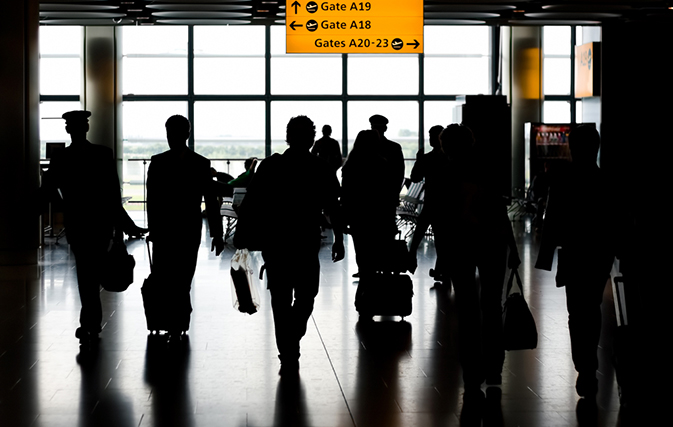GENEVA — Global passenger traffic was up 6.5% for the full year compared to 2014, the strongest result since the post-global financial crisis rebound in 2010 and well above the 10-year average annual growth rate of 5.5%, according to IATA.
The economy was sluggish but passenger demand was boosted by lower airfares, said IATA. After adjusting for distortions caused by the rise of the U.S. dollar, global airfares last year were approximately 5% lower than in 2014.
“Last year’s very strong performance, against a weaker economic backdrop, confirms the strong demand for aviation connectivity,” said IATA’s Director General and CEO Tony Tyler. “But even as the appetite for air travel increased, consumers benefitted from lower fares compared to 2014.”
Annual capacity rose 5.6% last year, with the result that load factor climbed 0.6 percentage points to a record annual high of 80.3%. All regions experienced positive traffic growth in 2015. Carriers in the Asia-Pacific region accounted for one-third of the total annual increase in traffic.
International passenger traffic rose 6.5% in 2015 compared to 2014. Capacity rose 5.9% and load factor rose 0.5 percentage points to 79.7%. All regions recorded year-over-year increases in demand:
- North American airlines saw demand rise 3.2% in 2015, broadly unchanged from the growth achieved in 2014. Capacity rose 3.1%, edging up load factor 0.1 percentage points to 81.8%.
- Asia Pacific carriers recorded a demand increase of 8.2% compared to 2014, which was the largest increase among the three largest regions. Demand was stimulated by a 7.3% increase in the number of direct airport connections in the region, resulting in time-savings for travelers. Capacity rose 6.4%, pushing up load factor 1.3 percentage points to 78.2%.
- European carriers’ international traffic climbed 5.0% in 2015. Capacity rose 3.8% and load factor increased 1.0 percentage point to 82.6%, highest among the regions. The healthy result in part was attributable to a pick-up in consumer spending in the Eurozone as well as a moderate increase in flight frequencies. Traffic growth slowed toward the end of the year owing to strikes at Lufthansa and the shutdown of Russia’s Transaero.
- Middle East carriers had the strongest annual traffic growth at 10.5%. As a result, the share of international traffic carried by Middle East airlines reached 14.2%, surpassing their North American counterparts (13.4%). Capacity growth of 13.2% exceeded the demand gains, pushing down load factor 1.7 percentage points to 76.4%.
- Latin American airlines’ traffic rose 9.3% in 2015. Capacity rose 9.2% and load factor inched up 0.1 percentage points to 80.1%. While key regional economies, particularly Brazil, have been struggling, overall traffic has been robust.
- African airlines had the slowest annual demand growth, up 3.0%, although this was a significant improvement over the 0.9% annual growth achieved in 2014. With capacity up just half as much as traffic, load factor climbed 1 percentage point to 68.5%. International traffic rose strongly in the second half of 2015, in conjunction with a jump in trade activity to and from the region.

